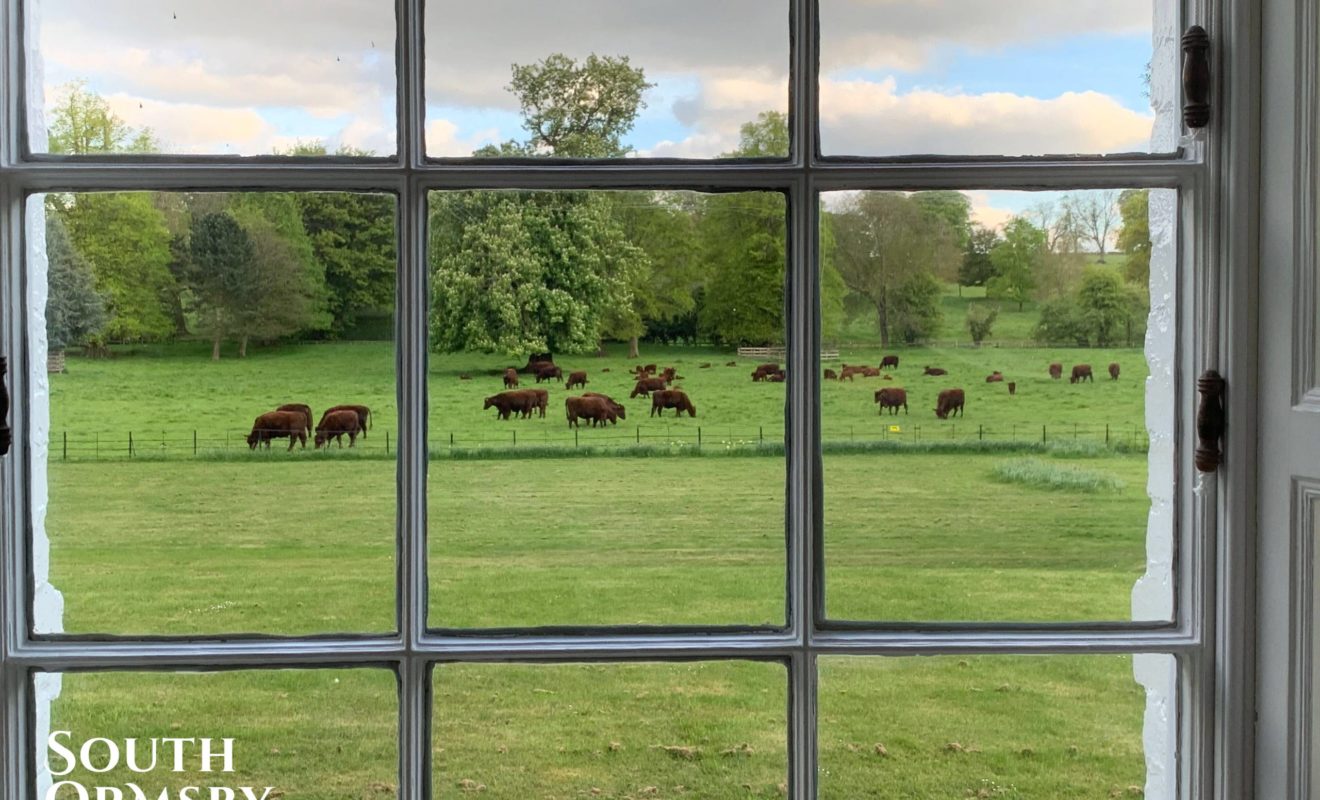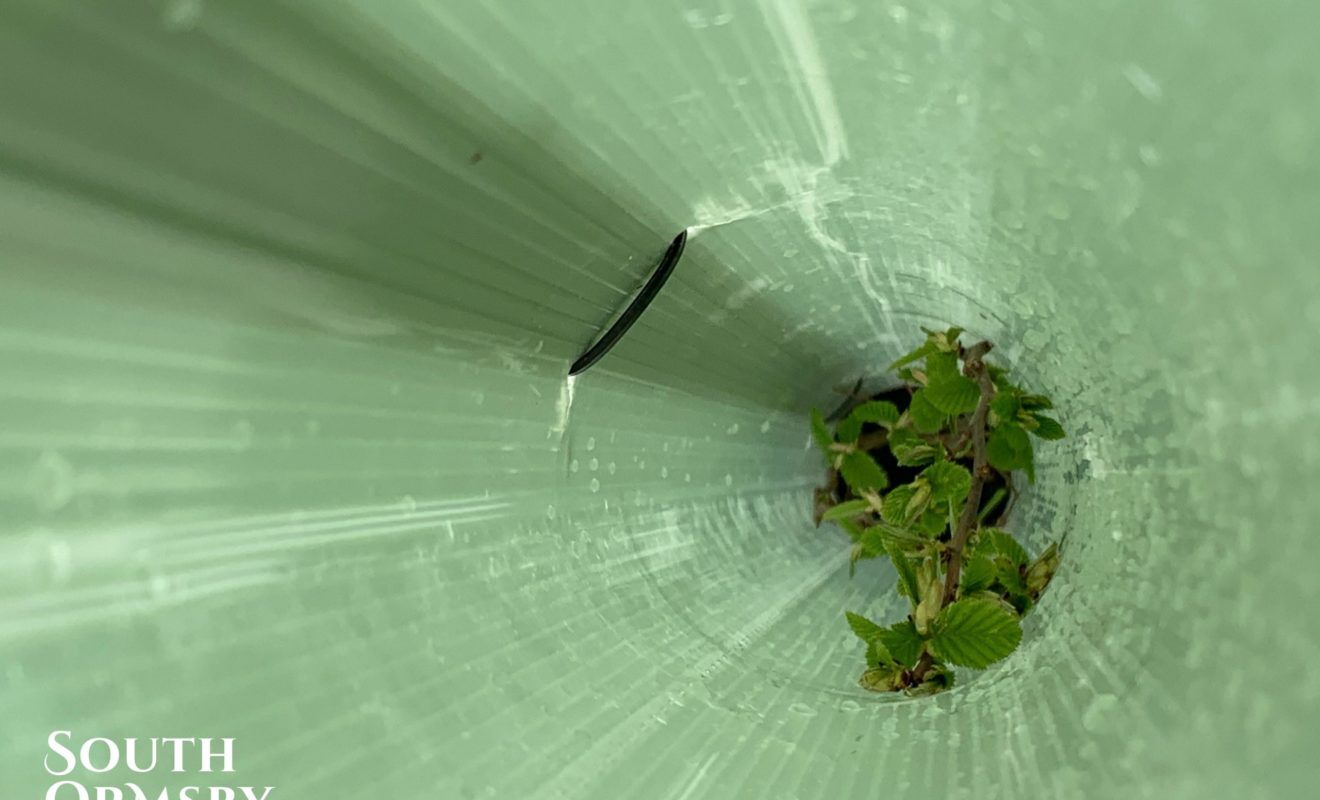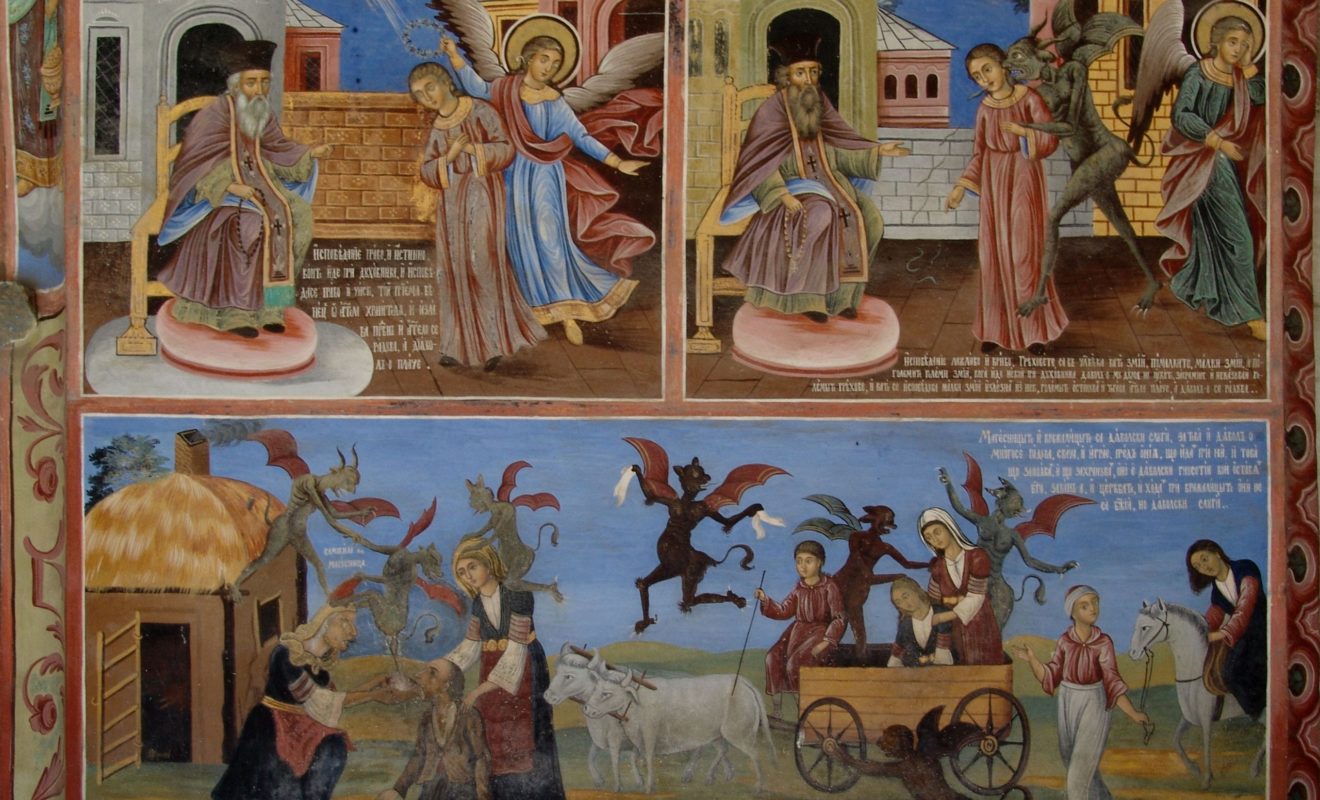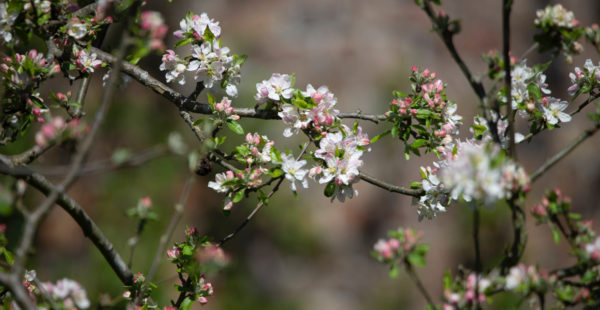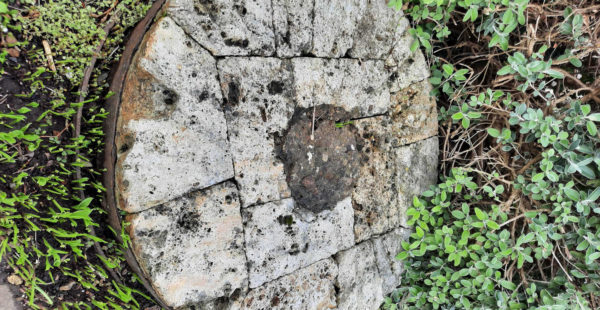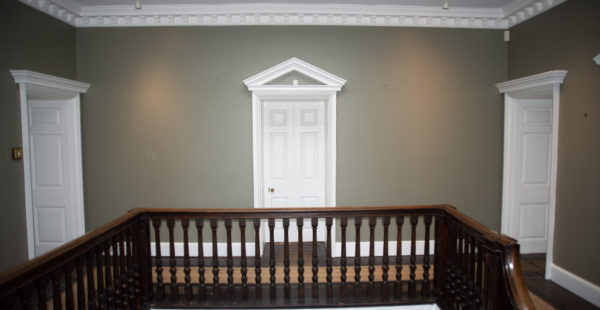A Week on the Estate: Roaming Reds, Planting Hedges & Distilling Magic
We’ve enjoyed a thoroughly life-affirming week on the estate, with fine weather and tangible growth and development all around us.
The Lincoln Red herd is relishing its new-found freedom to roam the woods and pastures of the estate. The vista from the Hall’s library window now features both verdant parkland and russet notes from these handsome heritage cattle as they settle into their long grazing season.
Paul Barnes has worked with the Woodland Trust to plant a new 300m section of hedging on the estate. The various species making up the hedge include hawthorn, blackthorn, field maple, hazel, common dogwood, dog rose and crab apple. We’ve also planted some hornbeam trees. Within a few years, this hedge will be a boon for the birds and bees frequenting this part of the estate. Paul has pencilled in a further 900m for next year’s planting season.

